What Is a Belgian “Blindicide”?
November 3rd, 2022
6 minute read
For a nation that was only officially “founded” in 1948, the State of Israel quickly developed a modern and highly capable small arms industry, including the redoubtable Uzi submachine gun. However, it wasn’t until the 1970s that Israel began the development of its first generation of tanks — with the Merkava Mark I only entering service in 1979.
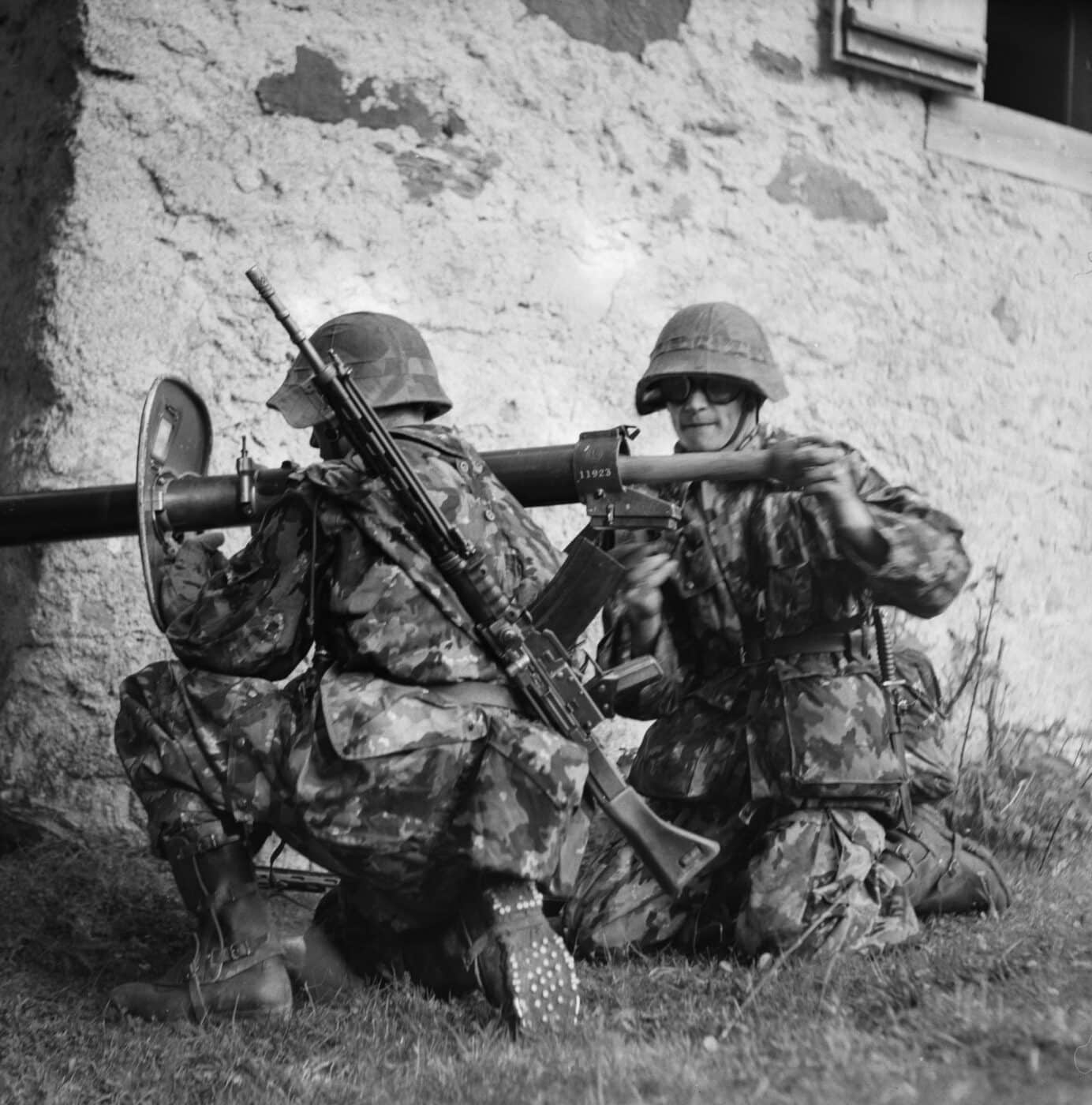
In addition, it was only in the era of bell-bottoms and disco balls that Israel first developed the “Spike,” a fire-and-forget guided anti-tank/anti-personnel guided missile system; as well as the B-300, a reusable man-portable anti-tank weapon.
Until that time, Israeli soldiers largely relied on the American M20A1 3.5-inch “Super Bazooka” and later the RL-83 Blindicide. It was the Blindicide that saw use with the Israeli Defense Force (IDF) in the Six-Day War and the Yom Kippur War to devastating effect.
The Belgian “Tank Killer”
Development of the RL-83 Blindicide — which roughly translates to “tank killer” as derived from the French for “véhicule blindé” (armored car) and the suffix “-cide” — began in the early 1950s. Produced by Mecar SA, it was essentially an improved derivative of the M20A1, which utilized an electrical rocket motor ignition.
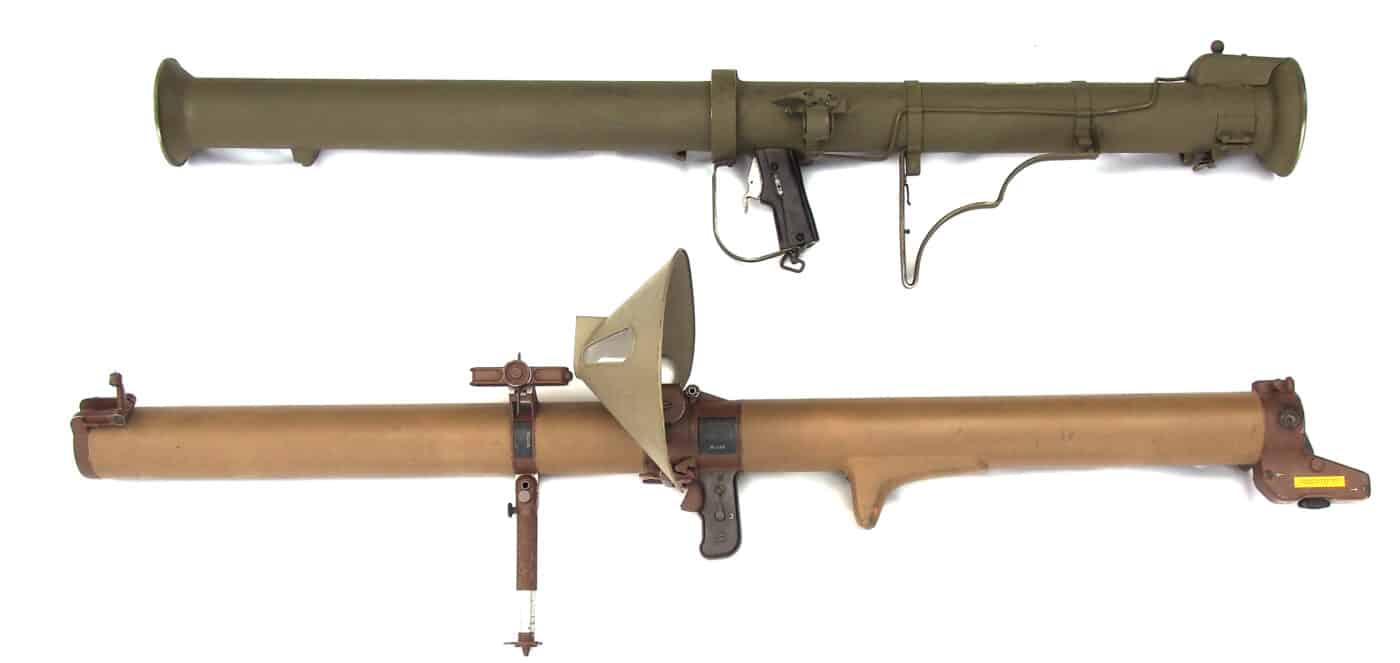
A notable difference was that the Blindicide employed a mechanical firing pin that hit a percussion cap in the tail of the rocket motor rather than the handgrip magneto system that required trailing wires from each rocket that had to be connected to terminal posts on the launcher. This increased the rate of fire from around three or four rockets per minute from the M20A1 to upwards of six and even seven rounds with the RL-83.
As with other man-portable anti-tank weapons that were derived from the original American M1 “Bazooka,” it was still loaded from the rear breech.
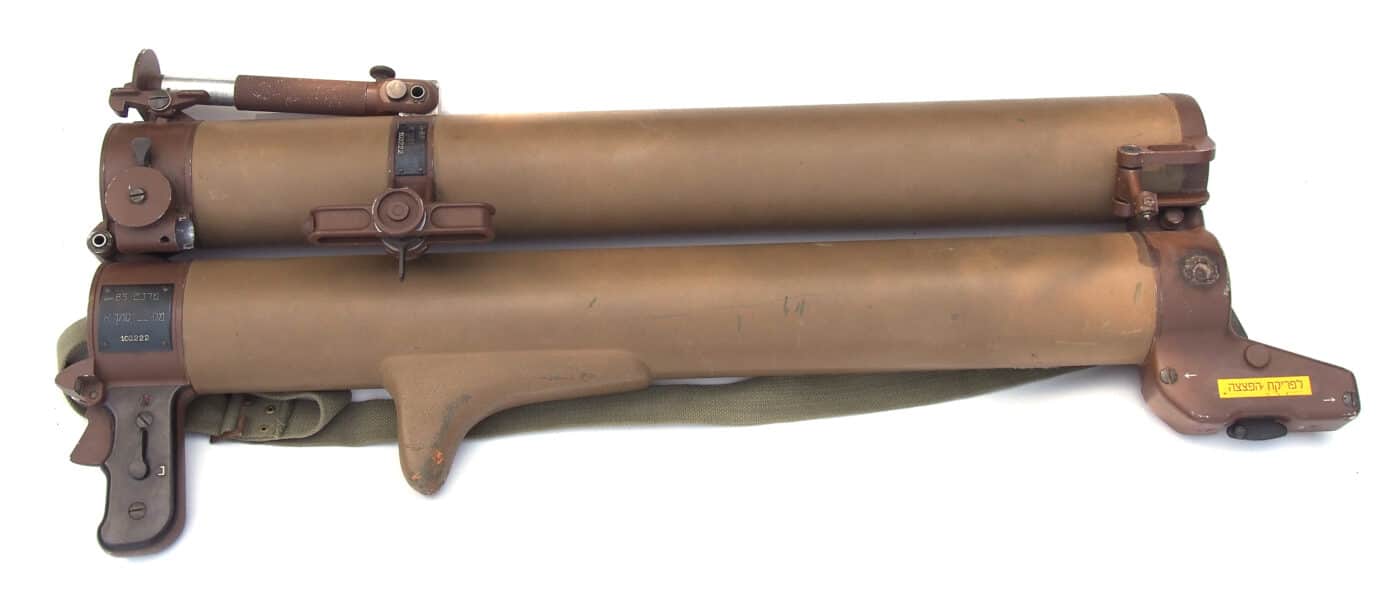
The effective range of the Blindicide RL-83 was approximately 400 meters or roughly a quarter of a mile, while it had a maximum firing range of about 900 meters, or just over half a mile. A high-explosive anti-tank (HEAT) rocket fired from an RL-83 could penetrate upwards of 300 millimeters of rolled homogenous armor, and thus able to take on most tanks of the early Cold War era. In addition, those rounds could do significant damage to up to a meter of concrete.
In addition to the HEAT rounds, the Blindicide could be employed with anti-personnel, smoke, incendiary and illumination rounds.
Compact Design
The Blindicide RL-83 also differed from the M20A1 Superbazooka in that the Belgian-made weapon utilized a fiberglass tube, which was lined with aluminum. The RL-83 was also constructed with a fixed hinge, which allowed the weapon to be folded for easy transport, yet made ready for use in seconds. By contrast, the M20A1 could be dissembled into two pieces but lacked the hinge. Instead, the operators had to line up the pieces and twist to lock the two halves in place. In addition, the M20A1’s all aluminum construction proved less rugged in the field.
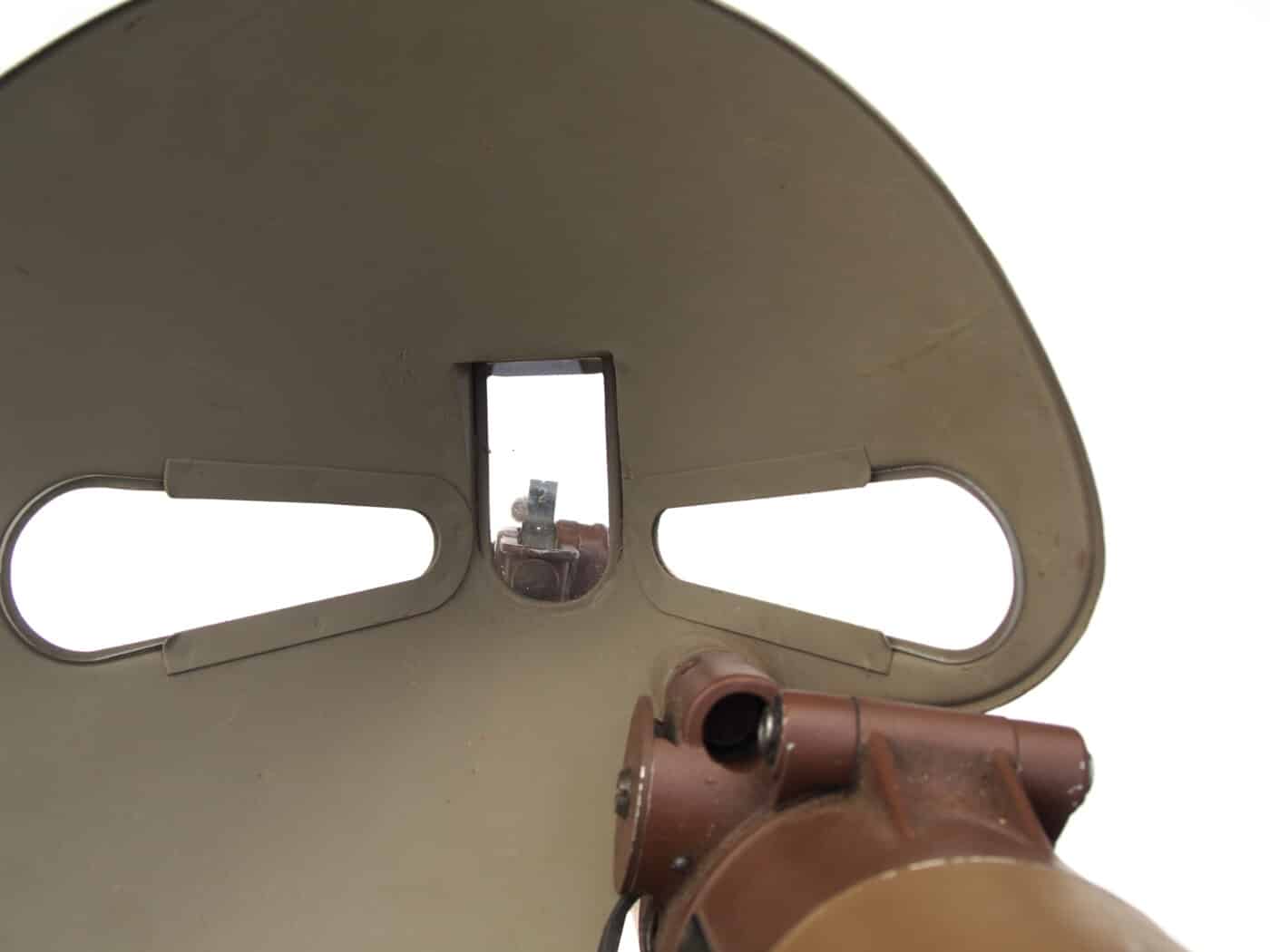
The RL-83 offered a few other advancements. It featured a forward grip, which could double as a monopod for use in fixed positions. Additionally, and unlike the M20A1 that offered an aluminum skeleton shoulder brace, the Blindicide was designed with a solid fiberglass brace that some users have suggested provided better stability when used in a kneeling position. The Blindicide was also developed with a lightweight fiberglass face shield to help protect the user from the weapon’s backblast. However, as it could hinder the view, some operators opted to remove it.
Combat History
The Blindicide RL-83 was first employed in combat during the Congo Crisis (1960-65), and it saw widespread use among Belgian forces, and later found favor with some mercenary units. The weapon proved well-suited to the jungles, but it was just as ideal in the dry deserts of the Middle East.
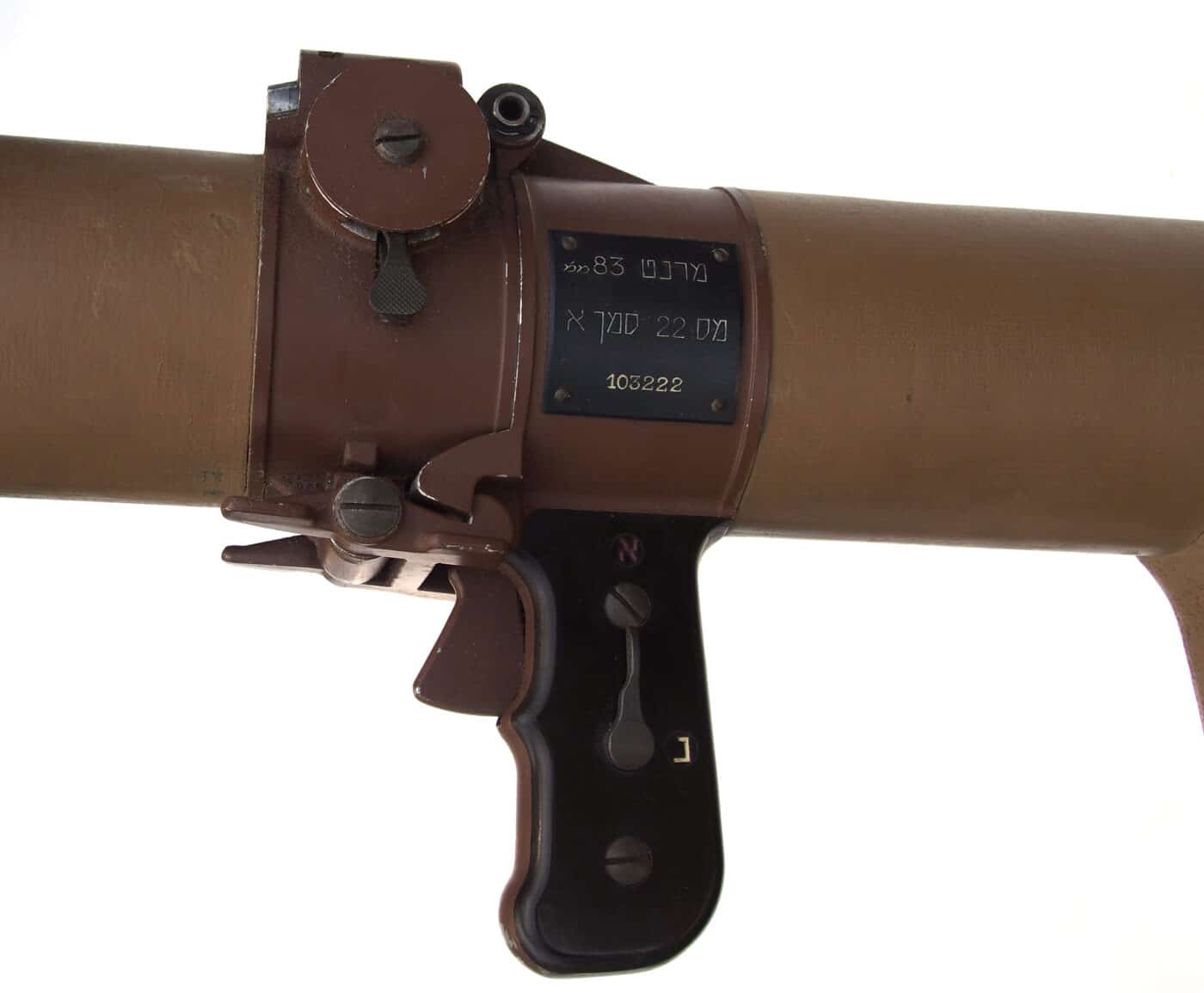
The weapon was employed by anti-British insurgent forces during the Aden Emergency — in what is today Yemen. There have even been reports that some anti-government Houthi forces have used aging Blindicide RL-83s against Yemeni and coalition forces — although it is difficult to determine who is supplying the ordnance, Iran is suspected.
In Israeli Service and Beyond
Where the RL-83 truly earned its reputation as a reliable and deadly anti-tank platform was in the deserts of the Sinai Peninsula when it was employed by the IDF against Egyptian armor in the Six-Day War (1967). It was then used a few years later in the Yom Kippur War, and has been credited with stopping the armored advances from Egypt and Syria and helping turn the tide in the conflict.
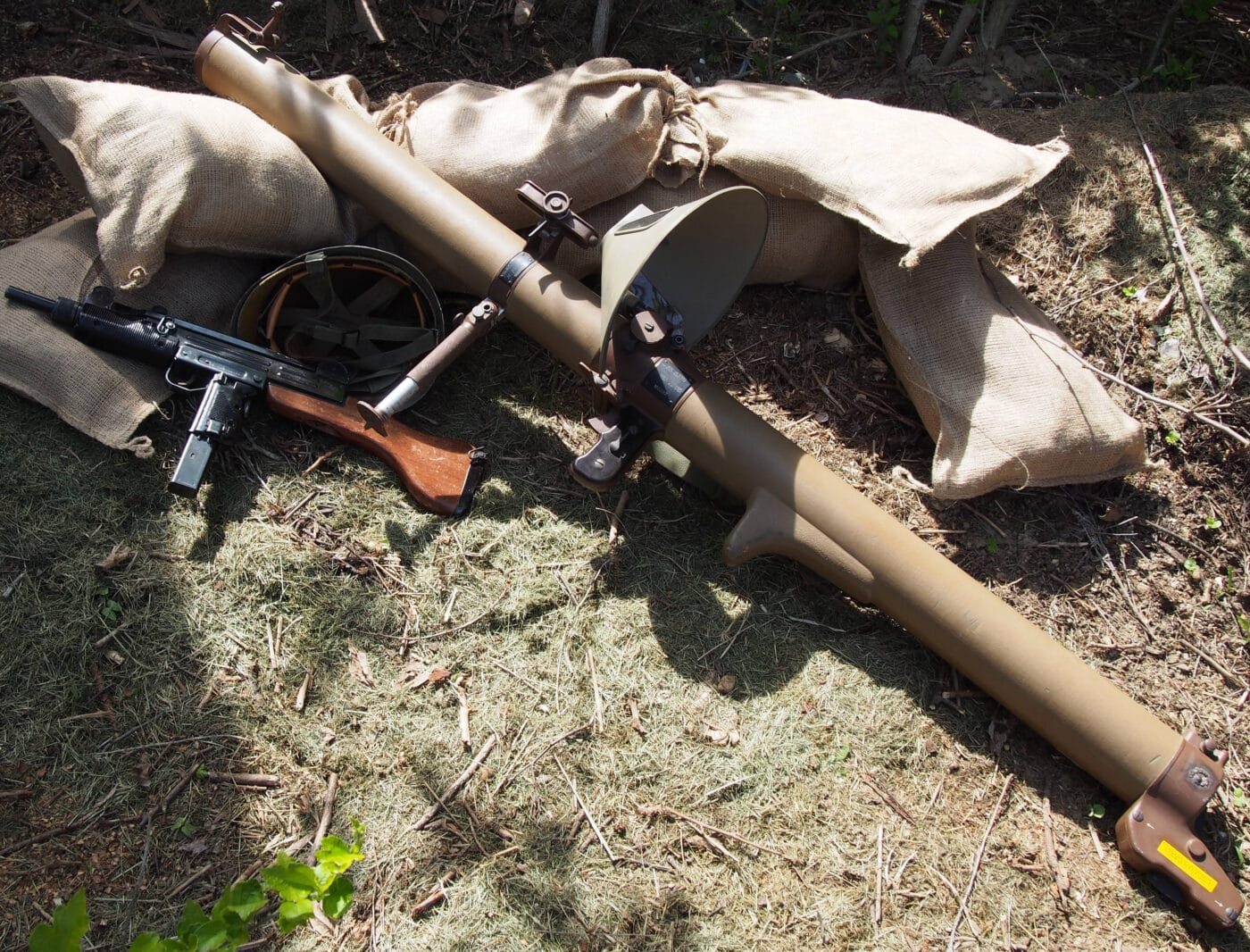
The weapon was reportedly used in the now-infamous Egyptian 25th Brigade ambush on the 11th day of the war, east of Great Bitter Lake, in which some 60 Egyptian T-62 tanks were destroyed. The RL-83 was further credited with destroying many of the Syrian’s 500-plus vehicles, which included 260 to 300 T-55 and T-62 tanks, lost in the October 6-9, 1973 fighting in the Golan Heights region now known as the Valley of Tears.
Blindicides were later supplied to units of the Lebanese Army and by some Christian militias during the Lebanese Civil War. More recently, units of the Free Syrian Army have been seen using the RL-83.
As the Mexican Army also adopted the Blindicide during the Cold War, the weapon has made its way to the drug cartels who have used it against so-called “narco tanks” or “monstruo” (Spanish for “monster”), the improvised fighting vehicles that have been increasingly used in the ongoing Mexican Drug War.
The Blindicide In Pop Culture
Unlike weapons such as the Thompson submachine gun or AK-47, which are practically “movie stars,” the Blindicide has gotten surprisingly little attention in movies and on TV.
In fact, according to the Internet Movie Firearms Database (IMFDB), its “credits” include just three movies including The Secret (Le Secret), a 1974 French mystery involving an unknown man on the run from police; the 1977 mercenary romp The Wild Geese — where the weapon seemingly materializes out of nowhere; and 2009’s Black Dynamite.
Collecting the Blindicide
While it remains unclear how many RL-83s were actually produced, examples do occasionally come up for sale. Israel had apparently sold off its stocks of the weapons as military surplus in the 1990s, and many were deactivated and imported into the United States.
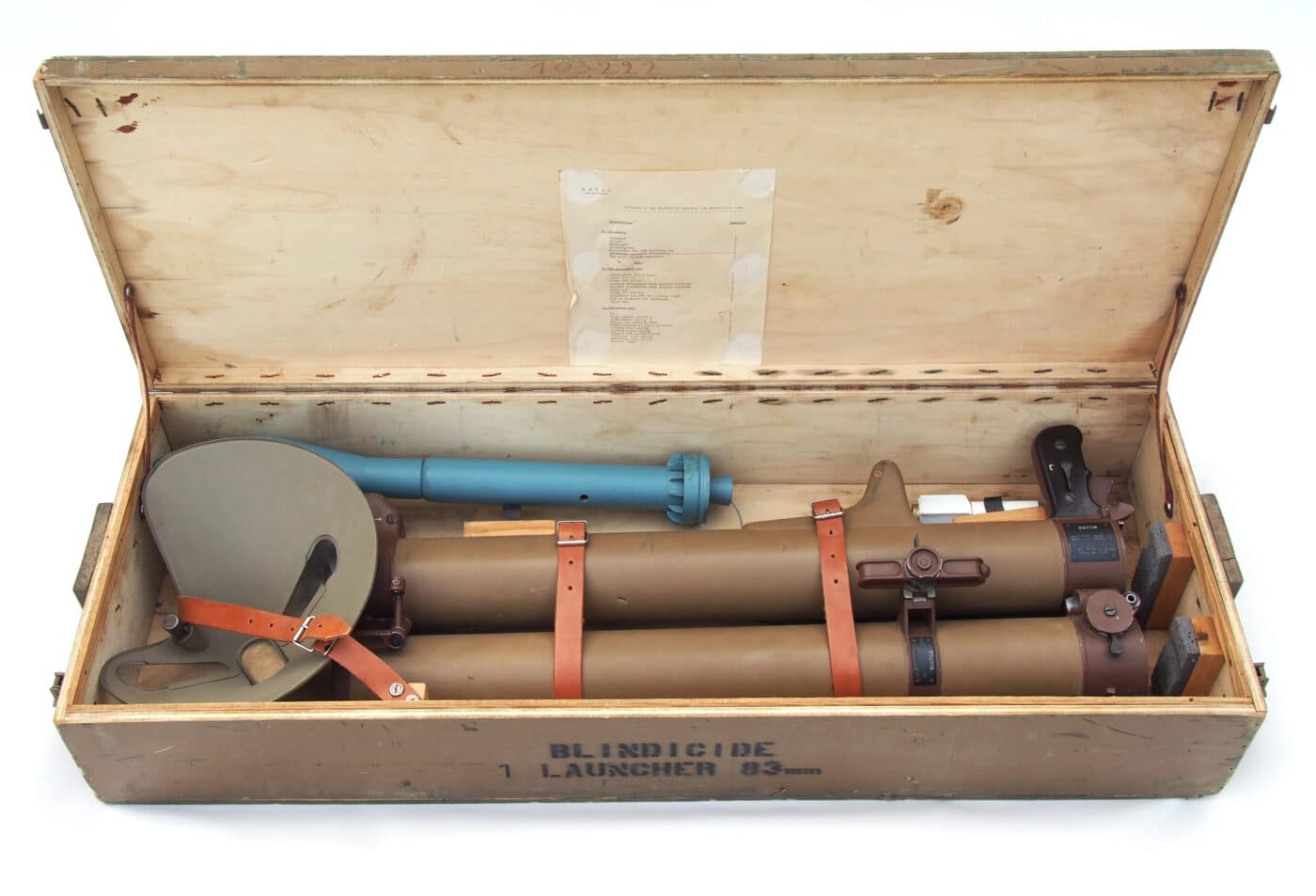
Of course to collect these legally, the weapon needs to be “demilled” and have a hole the size of the bore (83mm, or 3.5-inches) cut near the rear of the tube. In addition, the rear breech needs to be blocked so that a round can’t be loaded. In such a configuration the weapon is rendered inert and thus should be legal to own throughout the country — but users should confirm their local laws.
Much like a live bazooka, an operational Blindicide RL-83 would be considered an NFA (National Firearms Act) item. This author has never seen a live RL-83 ever offered for sale. However, an ATF-compliant demilled RL-83 sold at Morphy Auctions in 2019 for $615 (including auction fees), while another sold on Rock Island Auctions last year for around $1,300. Clearly, the market has been going up for these items.
Editor’s Note: Please be sure to check out The Armory Life Forum, where you can comment about our daily articles, as well as just talk guns and gear. Click the “Go To Forum Thread” link below to jump in and discuss this article and much more!
Join the Discussion
Continue Reading
Did you enjoy this article?

 201
201






